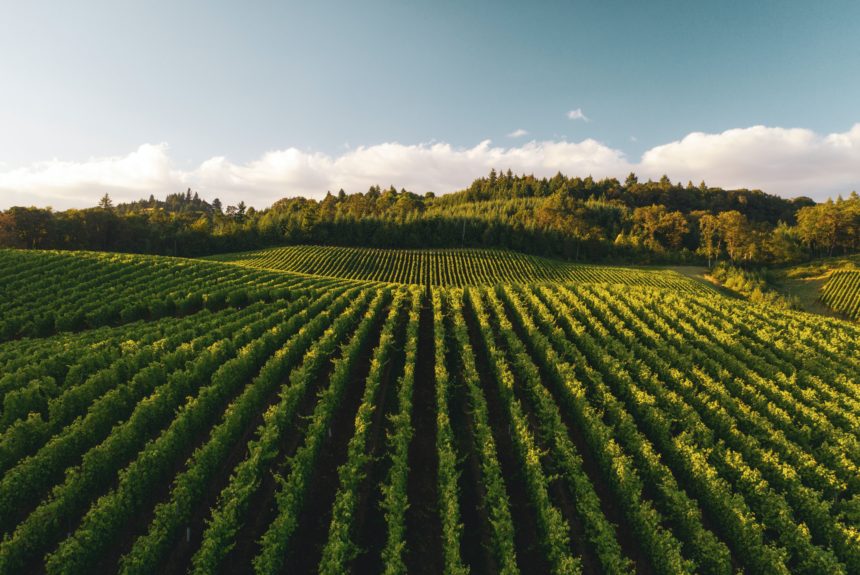Want to increase the value of your farm’s produce? How about the value of your land itself? Would you cut your chemical inputs costs if doing so actually boosted your resilience to drought, pests and floods? What if you could do all the above and churn out dependable farm profits from your land year round instead of banking everything on a bountiful harvest? If you’re thinking this all sounds too good to be true, then the sad fact is that our mainstream media has failed you. All of the above is already happening on farms and ranches across America. This is farming in 2022.
The slate of farming practices referenced above go by a variety of names – regenerative agriculture, biodynamic permaculture and agrivoltaics, to name a few. Some have only recently become profitable, while others date back as far as farming itself. Together, these practices have experienced a surge in attention as industrious farmers and ranchers worldwide seek out better ways to maximize the reliability and productivity of their land. None are quick fixes – they require varying degrees of time, money, smart planning and effort to implement – but for those who invest wisely, the rewards are truly eye-popping.
>>>READ: Natural Climate Solutions Are Rooted in America
How eye-popping exactly? According to a set of studies conducted by the South Dakota-based nonprofit Ecdysis Foundation, farmers utilizing regenerative practices earn, on average, 78% more than conventional corn farms. Regenerative almond farmers in California earned double the farm profits of their conventional counterparts. And agrivoltaic (or “dual-use solar”) farmers – installing raised bifacial solar panels over their fields and shade-friendly crops – have seen productivity boosts across the board, including lowered inputs, increased crop yields and improved solar panel efficiency – the ultimate win-win-win.
Regenerative farming works by guiding nature’s self-balancing elements to our advantage. Regenerative farmers use cover crops and minimal tilling to prevent erosion, pump vital nutrients (including climate-warming CO₂) into the soil, block out weeds and sponge up excess water for later use, enabling continued healthy growth under drought conditions. Grazing animals control and fertilize cover crops, while flying animals such as chickens, owls, bats, ducks and mail-order insects manage pests, limiting the need for toxic pesticides. Planet-warming carbon is naturally absorbed from the air and stored in topsoil which, as long as it’s left undisturbed, permanently removes it from our atmosphere. Farms are thus turned from carbon producers into carbon sinks.
Agrivoltaics is an opportunity for rural America to reap daily benefits from our transition to a cleaner future using the land they already own. Farms are ideal locations for solar production due to their countless acres of already-cleared, easily-accessible land. Farmers are accustomed to working with big systems, and they’re already connected to the electrical grid.
>>>READ: Innovative Agriculture Just Got a $53 Million Boost
The advantages are once again plentiful. Contrary to popular belief, many plants (including berries, tomatoes, lettuce, carrots and squash) actually prefer diffuse (ie. reflected) light over direct sun, which actively stresses them and dries out their soil during the scorching middle of the day (something that will only get worse as average temperatures and heat waves increase).
Farming is by nature a risky endeavor, with year-round costs but uncertain seasonal revenue, dependent on both good harvests and a good market to sell to when harvest time comes. In contrast, electricity prices remain relatively stable year round, with slight increases during the heat of summer (when solar panels are operating at peak efficiency) and in winter when farms’ revenues would otherwise be in the red. Better still, the cooling effect caused by plants actually boosts panels’ efficiency. Meanwhile, researchers are developing snow-clearing sprays to keep snow and ice of solar panels, which could increase winter energy production by 85 percent.
Nationwide win-win-win opportunities are exceedingly rare. Our nation’s farmers and ranchers are on the frontlines of climate change, but they also have an opportunity to help our planet and increase their farm profits.
Logan Robertson grew up in the proud farm state of Wisconsin. His writing is focused on highlighting bipartisan solutions to the most pressing problems we currently face. He worked with the American Conservation Coalition on this piece.
The views and opinions expressed are those of the author’s and do not necessarily reflect the official policy or position of C3.
